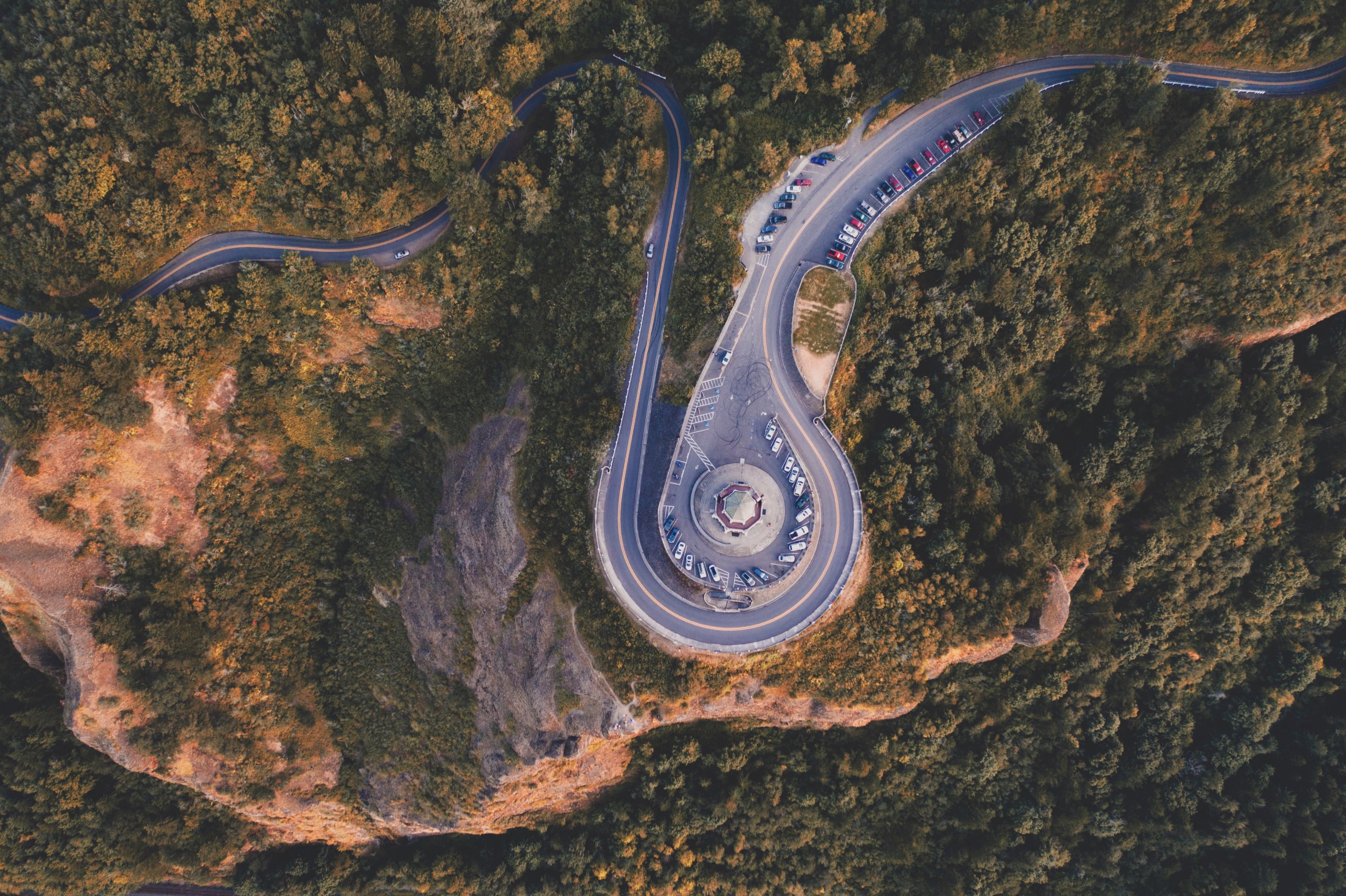Last week, as I backpacked around Diamond Peak in Oregon, I reflected on how to navigate the seemingly insurmountable mountain of challenges we face as a global society: guaranteeing food security for generations to come, protecting our homes and communities from storms and fires, and ensuring that there is sufficient water to drink, nourish our crops, and allow biodiversity to thrive… all in the midst of a changing climate. How can scientists as individuals, and as a community, more effectively contribute to tackling these big, thorny issues?
My husband and I embarked on this journey to honor our 10th wedding anniversary. In fact, Brock (photographer extraordinaire) and I hadn’t backpacked since entering parentdom… six years ago! We chose Diamond Peak Wilderness, including a section of the Pacific Crest Trail (PCT), to maximize scenic beauty, solitude, and proximity. As we crossed lush, alpine meadows, we encountered many inspiring characters traversing the full 2650 miles that stretch from Canada to Mexico. What inspiration can we, as scientists, draw not only from the peak we circled, but also from these “through-hikers” who take on such a seemingly daunting task?
One of the things I love about backpacking is its simplicity. Life is reduced to the essentials—food, water, exercise, sex, and sleep. From a tiny notebook that made the 25-mile journey, here are a handful of scribbled reflections on how scientists can navigate the path to a more sustainable future for the planet:
1. Soak up the big picture.
Too often, the scientific community rewards depth and specialization to the detriment of breadth. As a case in point, I was once told I didn’t have the fire in my belly to even get a PhD because my interests were too broad. We should honor and support those who connect the dots and see the whole—the complex landscape of mountains, lakes, forests, meadows, and their myriad inhabitants. Tackling sustainability challenges will ultimately require breaking through the silos we’ve erected within science, management, and policy.
2. Don’t lose sight of the details.
If I were to only take in the lake as a whole, I’d miss the gorgeous blue iridescence dotting the back of a dragonfly hovering just above it. I agree with those who profess that even in our increasingly trans-disciplinary world, scientists need sufficient disciplinary expertise. But, outside the scope of impressive programs like the National Science Foundation’s IGERT (which provide interdisciplinary training to compliment strong disciplinary foundations), can the broader academic community better prepare scientists to appreciate and bridge multiple perspectives? To effectively communicate beyond their immediate peers?
3. Seek trusted guides.
At the recent Ecological Society of America (ESA) Meeting, I was struck by how challenging it is to gain footing within entirely new topical areas (with the occasional refrain—wait a minute, I used to be a marine ecologist—running through my head). Most often, talks (and even entire sessions) are presented with little to no context about where the research fits into the larger landscape; it’s assumed the audience already knows and appreciates the context. There’s little to no storyline—no beginning and no end. To advance not only scientific understanding, but also that of the public and policymakers, scientists must seek (and also serve as) trusted guides to provide the lay of the land. I would have loved to hike a few miles with the 70+ year-old woman we passed hiking the whole PCT—strong and rugged, with white braids and beautifully weathered skin. What motivated her? What was her context, her story?
4. Look for a fresh perspective around the next bend.
Although your tired feet may tell you that the next lake basin may never appear, it’s there, even if you can’t see it yet. Times are changing. From the scope of their research questions to a palpable desire to connect their work to the wider world, scientists are increasingly motivated to address society’s most pressing problems. Jane Lubchenco kicked off the ESA meeting with an inspired plenary, remarking that “this is the time of ecology.” Scott Collins, the society’s President-Elect, re-framed ecology as a “solutions-based science.” Relatedly, I was overwhelmed by the number of grad students at the meeting who wanted a job like mine—they, too, want to give their science legs by doing something slightly off the beaten path.
5. Celebrate success… even if it’s a waypoint toward your ultimate goal.
It was deeply moving to see the pinecones placed on the trail to mark the passage of 1900 miles for the PCT through-hikers. For many conservation and management initiatives, we lack the precedent and means to measure and celebrate milestones reached along the way. Documenting and measuring success is crucial to ongoing public and policy support, especially for initiatives that may take years, if not decades, to reach the end goal.
Although I’m back in the throws of my normal, hectic life, breathing deeply in the forest for four days helped the mountains before us seem a bit more conquerable. I am inspired by the tide of enthusiasm among scientists, young and old, to make a difference. Tackling these thorny challenges will not be easy and the path may often be steep. But it’s worth it! One step at a time…!



